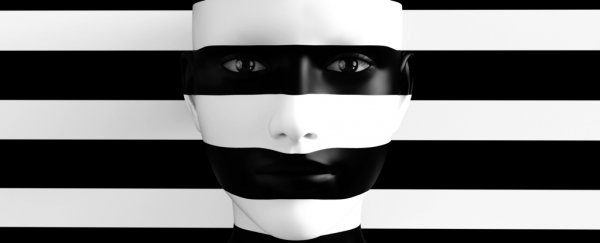Camouflage techniques can usually be relied upon to conceal humans and animals alike, but expertly trained individuals can see through these visual tricks – and scientists have now learned more about how this works.
Not only are trained camouflage breakers able to detect that something is hidden in a scene, they're able to correctly assess what that something is, even if they haven't been told what they're looking for.
That can be very useful in a wide variety of military scenarios – knowing exactly what's present in a scene is a lot more informative than just knowing that something in a scene is different from normal.
"Here, we show that when subjects break camouflage, they can also localize the camouflaged target accurately, even though they had received no specific training in localizing the target," researchers explain in a new study.
The study explores a training method developed in 2012 that uses deep learning techniques to train people with normal sight to see through camouflage. Individuals can be trained in this way in as little as two weeks, the researchers report, with just an hour a day spent analyzing scenes.
That training enables people to recognize whether or not a given camouflage scene contains a target. Here, it was shown that those individuals could pick out the target too, even with just a 50-millisecond look in some cases. The participants were not told what to look for and were not shown the target object in isolation.
In fact, the six trained volunteers tested in this study were as good at picking out the location of camouflaged targets – either a head or a 'digital embryo' graphic – as non-trained people would be at spotting non-camouflaged targets in a scene.
"If it turns out there is something that doesn't belong there, you can tell," says neuroscientist Jay Hegdé from the University of Augusta.
The trained volunteers also recognized when something was amiss or different in an image, even when there was no specific target in it. The researchers say this is linked to the way experienced radiologists can sometimes get a sense of a mammogram not being quite right, even before any obvious signs of cancer appear.
While the camouflage training technique can work on anyone, the researchers say, some people take to it more readily than others. Why that is, however, is something that they're keen to pursue in future studies.
As interesting as this is from a scientific and biological point of view, it's in the field of military combat where this research is likely to be used most widely. Take a situation with a sniper, for example – shooting at a target immediately reveals a sniper's location, so it's vital that the target can be seen and located beforehand.
"Results in experts highlight an opportunity to extend the training to real-world visual search and visualization problems that would be of prime importance for the Army to solve," says neuroscientist Frederick Gregory from the US Army Combat Capabilities Development Command Army Research Laboratory, who wasn't involved in the research.
The research has been published in Cognitive Research: Principles and Implications.
